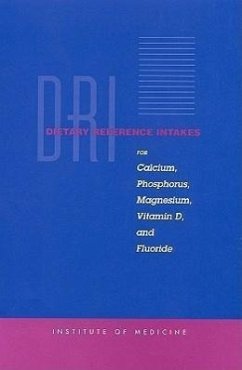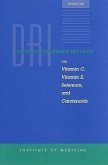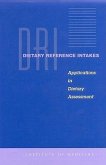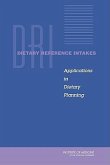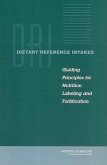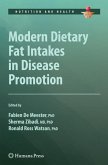Since 1943, Recommended Dietary Allowances (RDAs) has been recognized as the most authoritative source of information on nutrient levels for healthy people. Since publication of the 10th edition in 1989, there has been rising awareness of the impact of nutrition on chronic disease. In light of new research findings and a growing public focus on nutrition and health, the expert panel responsible for formulating RDAs reviewed and revised its approach -- the result: Dietary Reference Intakes. This new series of references greatly extends the scope and application of previous nutrient guidelines. The first volume includes calcium, magnesium, phosphorus, vitamin D, and fluoride. For each nutrient the committee presents what is known about how the nutrient functions in the human body, which factors (caffeine or exercise, for example) may affect how it works, and how the nutrient may be related to chronic disease. Based on analysis of nutrient metabolism in humans and data on intakes in the U.S. population, the committee recommends intakes for each age -- from the first days of life through childhood, sexual maturity, midlife, and the later years. Recommendations for pregnancy and lactation also are made, and the book identifies when intake of a nutrient may be too much. Dietary Reference Intakes provides three sets of measures for each nutrient in the volume: -- Estimated Average Requirements (EARs), estimated for age and gender categories. -- Recommended Dietary Allowances (RDAs), the allowance of each nutrient to meet the biological needs of more than 95% of the healthy population. -- Tolerable Upper Intake Levels, the upper limit of intake associated with a low risk ofadverse effects in almost all members of a given population. The concept of dietary reference intakes enlarges on the RDA goal of avoiding nutrient deficiency. Dietary Reference Intakes quantifies the triangle of nutrient, dietary pattern, and risk of chronic disease -- for e

